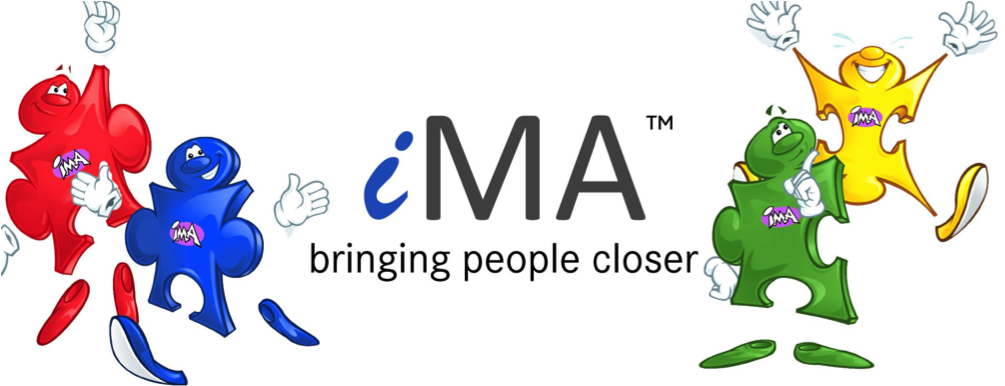iMA isn’t just another personality tool. It’s a communication framework designed to be understood, remembered, and used immediately.
Traditional psychometric tests (DISC, MBTI, DISC, Insights, Big Five, etc.) have value but they’re often complex, time-consuming, and difficult to apply day-to-day.
iMA stands out because it’s simple, practical, and instantly actionable. It’s also widely used in training environments — you can explore how iMA training works here.
iMA Is Designed for Communication, Not Classification
Most psychometric tools categorise people into types or traits.
They explain who someone is, but not how to connect with them.
iMA flips that around,
It focuses on how to communicate, influence, motivate, and understand others.
iMA answers questions like:
- How do I speak to this person so they truly hear me?
- How do I reduce misunderstandings?
- How do I build rapport quickly?
- How do I adapt my style to get better results?
It is a practical relationship tool, not a psychological label.
iMA Uses Plain English. No Psychology Jargon
Psychometric tools often come with:
- long reports,
- complicated terminology,
- abstract theories,
- and results people forget within a week.
iMA uses four colour-based styles that anyone can understand and apply instantly:
High Blue
High Yellow
High Red
High Green
iMA recognise that everyone, in some way or another, are a mixture of all four styles or iMA colours. It also recognises that each of us is unique in the same way as our thumb and finger prints are unique to each of us too. However, iMA focuses on the most dominant part of your communication style, the part which other people can instantly identify and observe and expect that the way you behave and the way you communicate are patterned, programmed and predictable.
It’s memorable.
It’s simple.
And people can use it the same day.
iMA Doesn’t Put People in Boxes
Traditional psychometrics analyse personality as fixed.
People get labelled and often feel “typed” or restricted.
iMA focuses on communication preferences, not personality limits.
This means:
- No one is boxed in.
- There’s no “good” or “bad” type.
- It encourages adaptability, not identity.
It empowers people rather than defines them.
iMA Works Immediately in Real-World Situations
Many psychometric tools tell you who you are.
iMA tells you what to do next.
Businesses like using iMA because results show up fast:
- fewer misunderstandings
- better meetings
- reduced conflict
- improved teamwork
- higher staff retention
- improved customer communication
iMA is simple enough for frontline staff and deep enough for leadership teams.
It works at all levels because it’s practical, not theoretical.
iMA Strengthens Team Culture Quickly
Psychometrics explain differences.
iMA helps people appreciate differences.
Teams quickly learn:
- why others behave the way they do
- how to adapt for smoother interactions
- how to communicate with clarity
- how to reduce friction and stress
iMA turns diversity into a functional advantage.
iMA Reduces Staff Turnover
A major cause of turnover is poor communication. Employee turnover is incredibly costly for organisations, as explored here.
iMA is specifically built to fix this.
Employees stay longer when they:
- feel understood
- feel respected
- communicate comfortably
- work in low-conflict environments
- have supportive managers
iMA helps managers adjust their style so every person feels valued in the way they need.
Traditional psychometrics simply don’t address this directly.
iMA Is Easy to Teach, Easy to Scale, Easy to Remember
Psychometric tools require:
- accreditation,
- training,
- expensive software,
- and long reports.
iMA requires:
- a short explanation
- a simple questionnaire
- a memorable colour system
- practical tips people can apply immediately
It’s fast, inexpensive, and powerful.
This is why organisations often describe iMA as:
“The tool that finally made everything click.”
Psychometrics explain personality.
iMA improves communication.
And communication is what drives relationships, teamwork, performance, and workplace culture.




